Today, I'm going to take you on a little trip into a world which may seem boring at first glance, but with a closer look, a surprising world unfolds. As you guessed, today we will be departure from the meadow, literally. The first images you will see all depict exactly this perspective, you are in the middle of it, at eye level with the grasses and blossoms. This is a world from the point of view of a tiny insect, a blade of grass gently bending in the wind, or a single blossom reaching for the sun. You see the bloody buzzing, and the fragile structures of the plants. It's a view that asks us to slow down a bit, have a look, and appreciate the little aspects of nature which we seemingly forget about if we just look over top of them.

This particular special meadow that I found and photographed within minutes of this location is to me an absolute model of how nature can exist within agriculture. A very important point to me. There are voices, and that's a good thing, that are critical of whether modern agriculture is more threatening to nature than improving it. The argument is that farmers are either reducing biodiversity, or killing our soil through overly intensive aguse and pesticides. Yes yes I absolutely agree that in some areas agricultural practices need to be more environmentally friendly no ifs ands or buts. And that we should all consider the way we produce and consume our food.
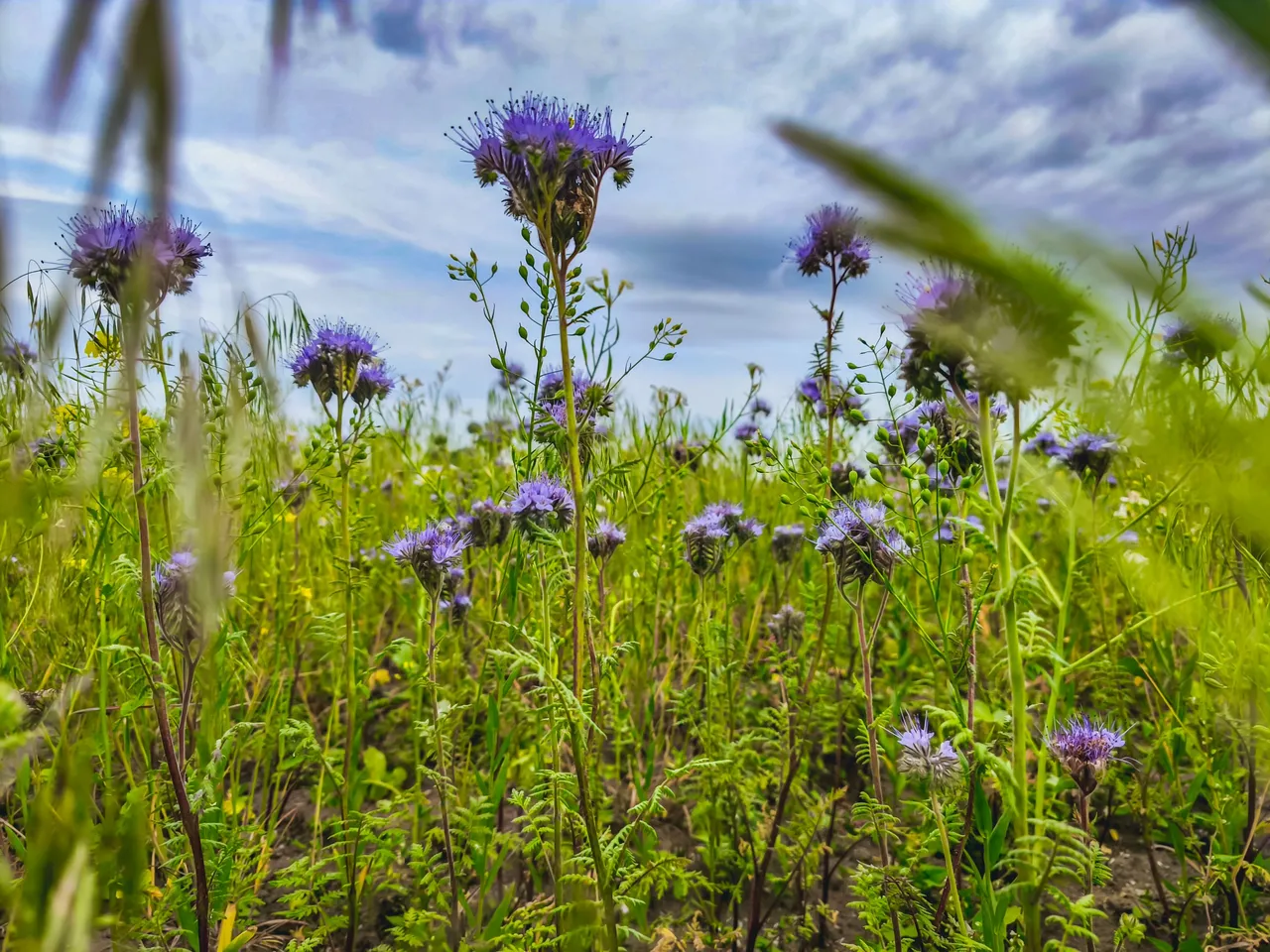
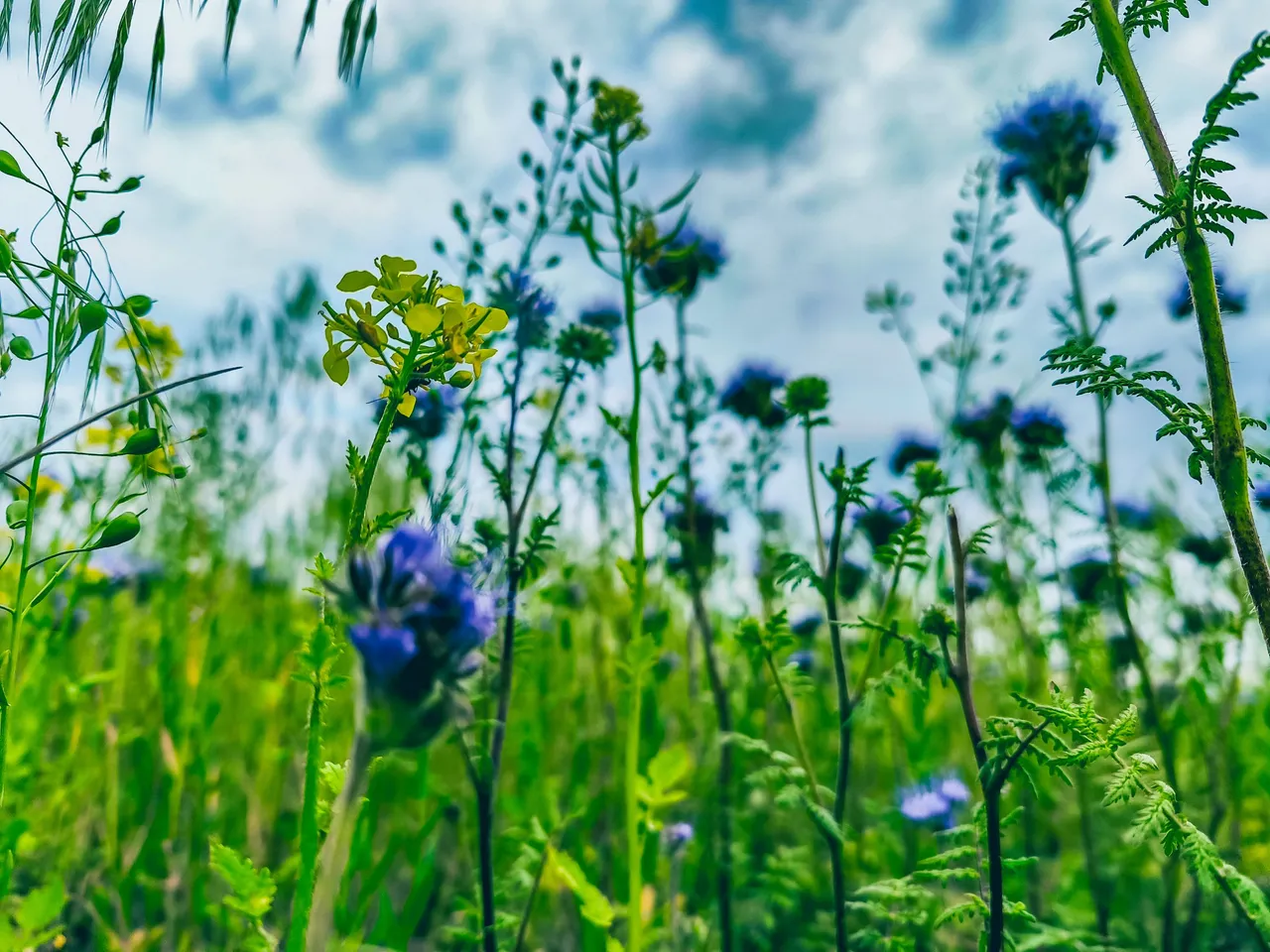
However, I do not agree with this sweeping condemnation of farmers as destroyers of nature and non-promoters of biodiversity. And this meadow is a very strong counterexample. I really do believe that a number of farmers are aware of their responsibility. And, I am sure, are doing their part to contribute to nature. This meadow was clearly not a "chance" piece of wilderness, but was purposefully planted by a farmer.
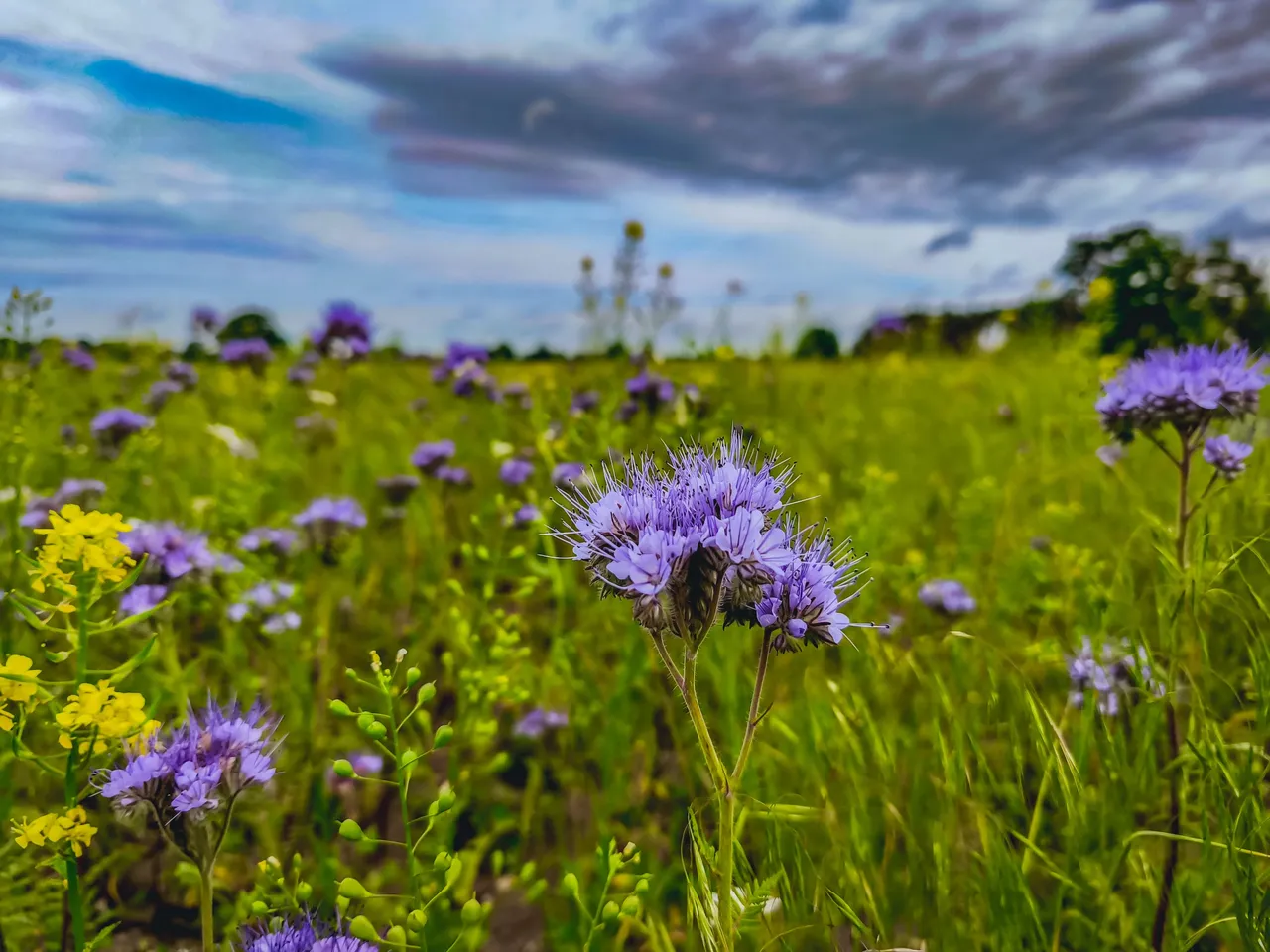
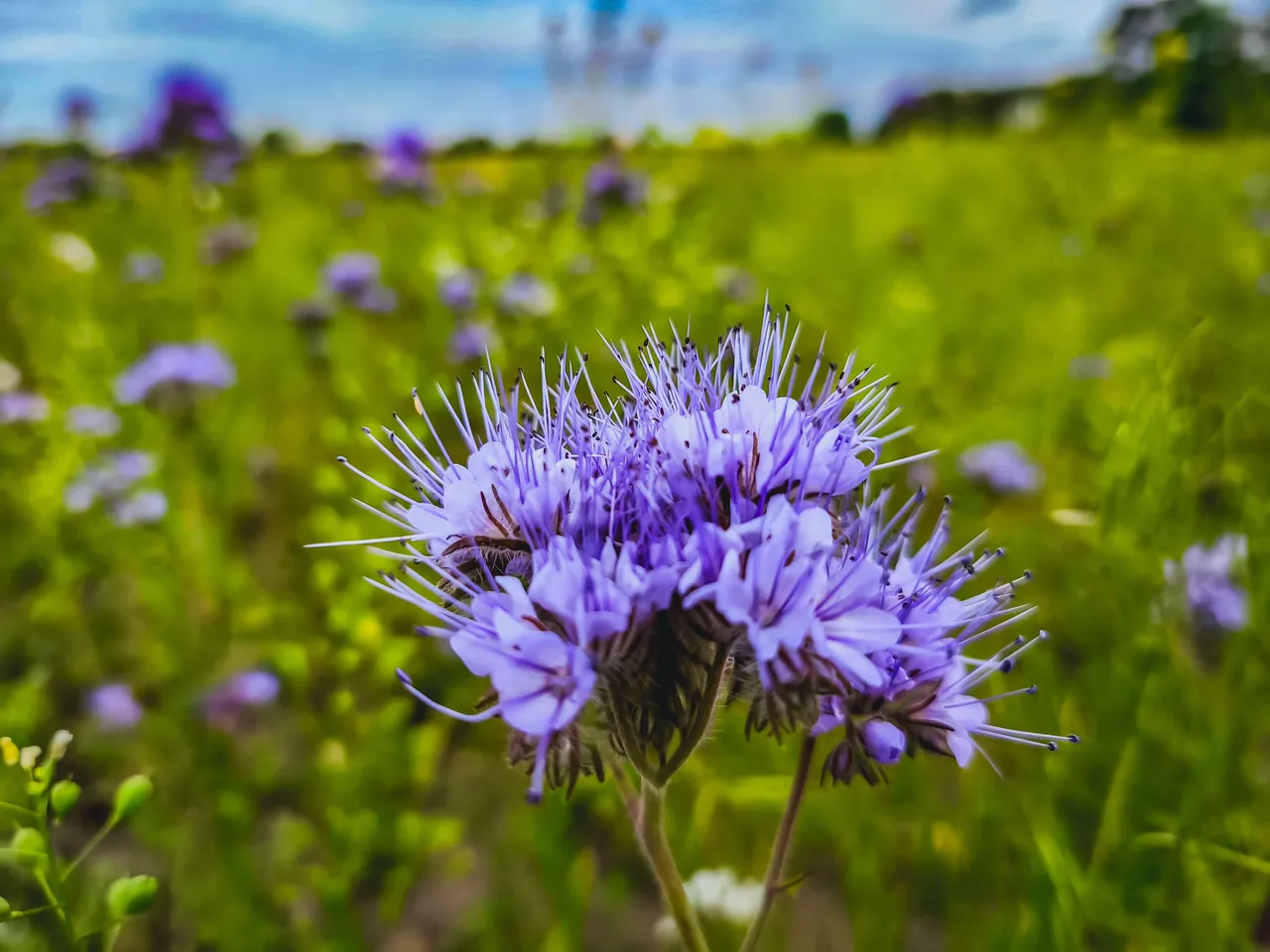
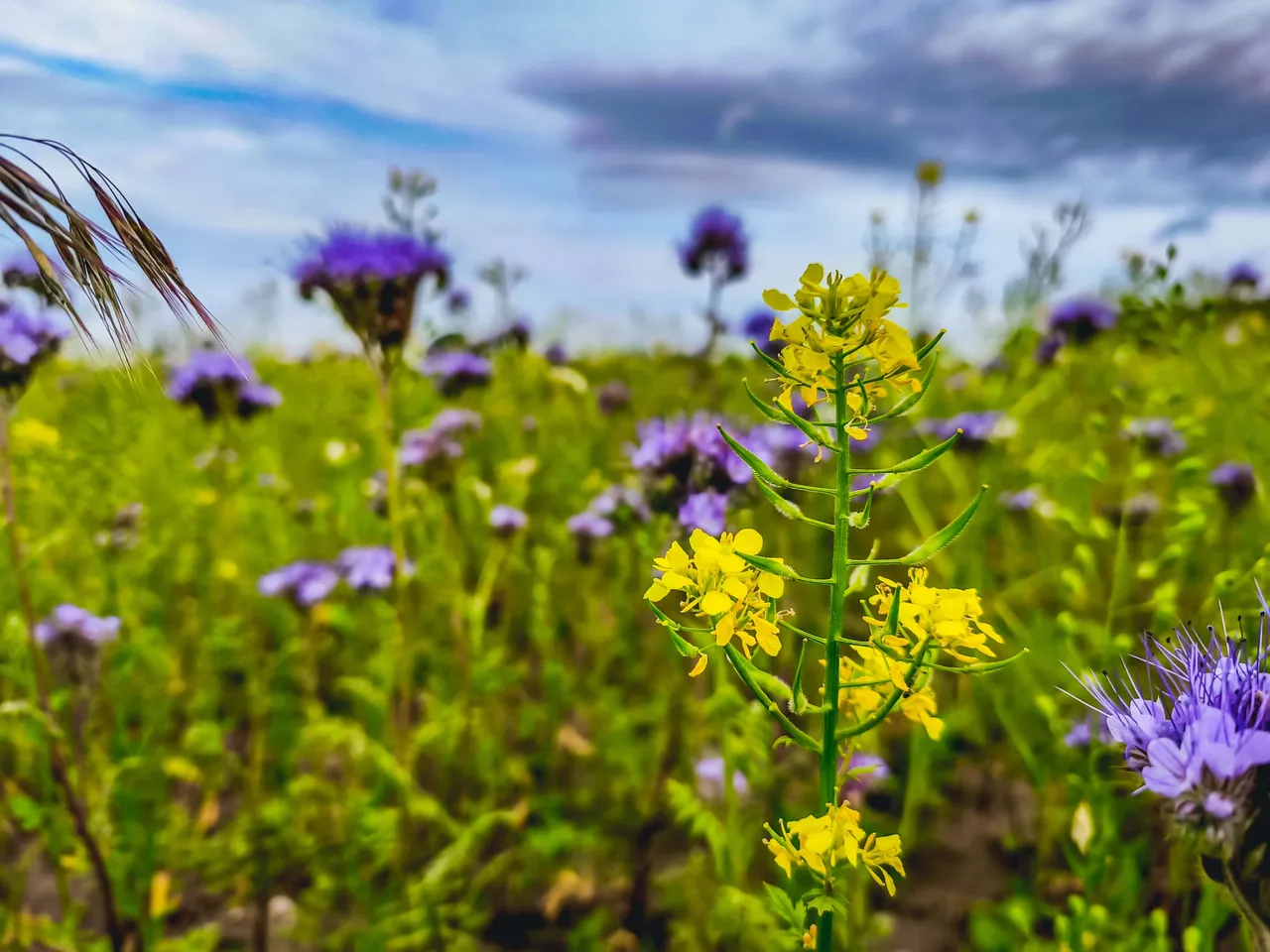
Look at the images: The rich purple of the phacelia aka bee's friend is not merely attractive, it is a veritable source of nectar for innumerable bees and other pollinators. And the yellow flowered plants, likely mustard or rape, complement the colourful picture and also provide sustenance for insects. Flowering areas like these are vital to our ecosystem. They provide food and habitat for pollinators, which, in turn, are vital to the harvest of some or all of our crops. They provide refuge for small game and animals and break up the homogeneity of some agricultural landscapes.
I do not see farmer as a destroyer of nature when I look at this, but as someone actively protecting us. Conservation also occurs in these measures and many are also supported financially as part of sustainable farming support programs, in addition to being good for the environment. It also shows that farming is not about just maximizing production, but can also be a part of the solution for the conservation of our natural environment.
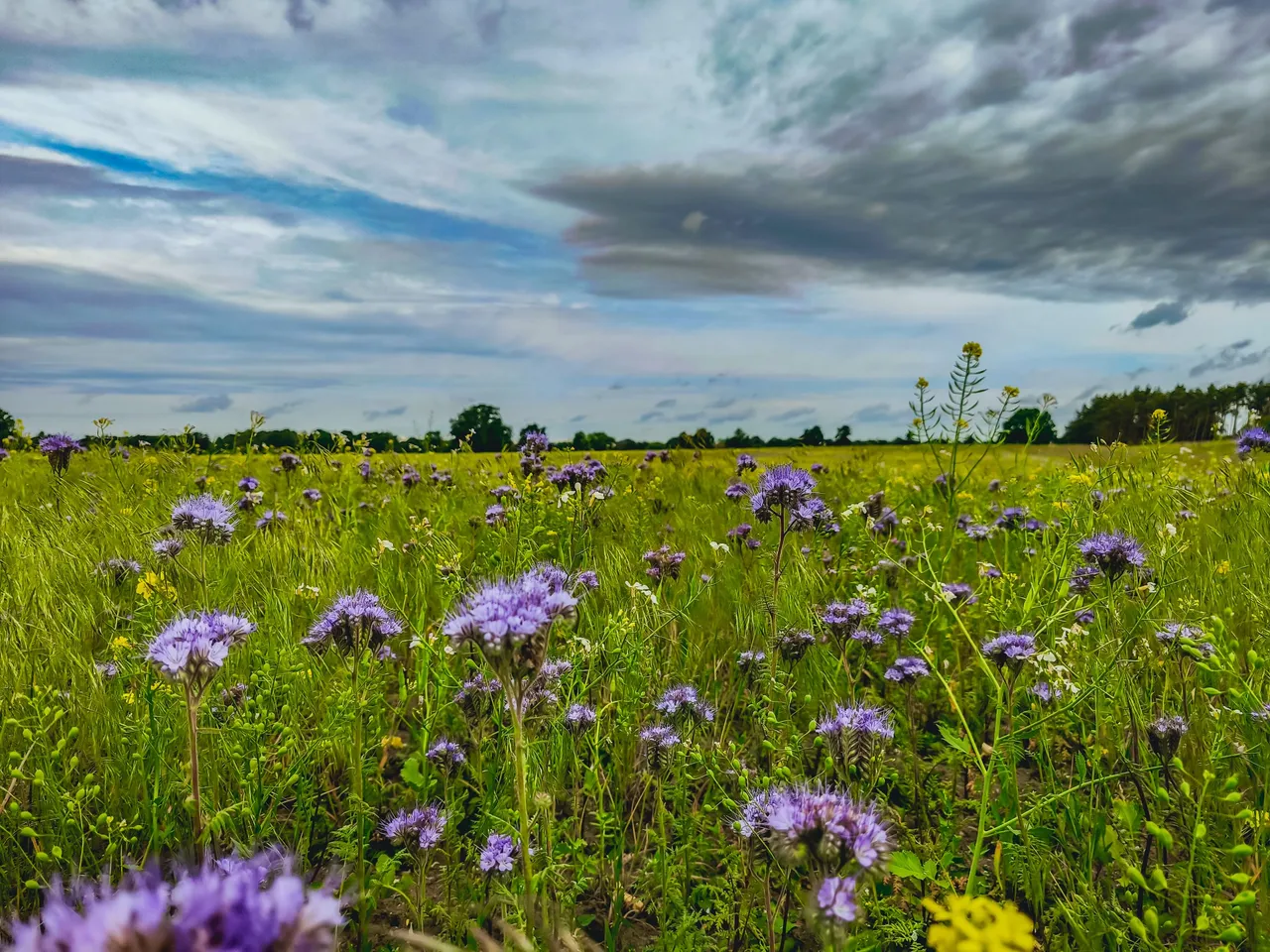
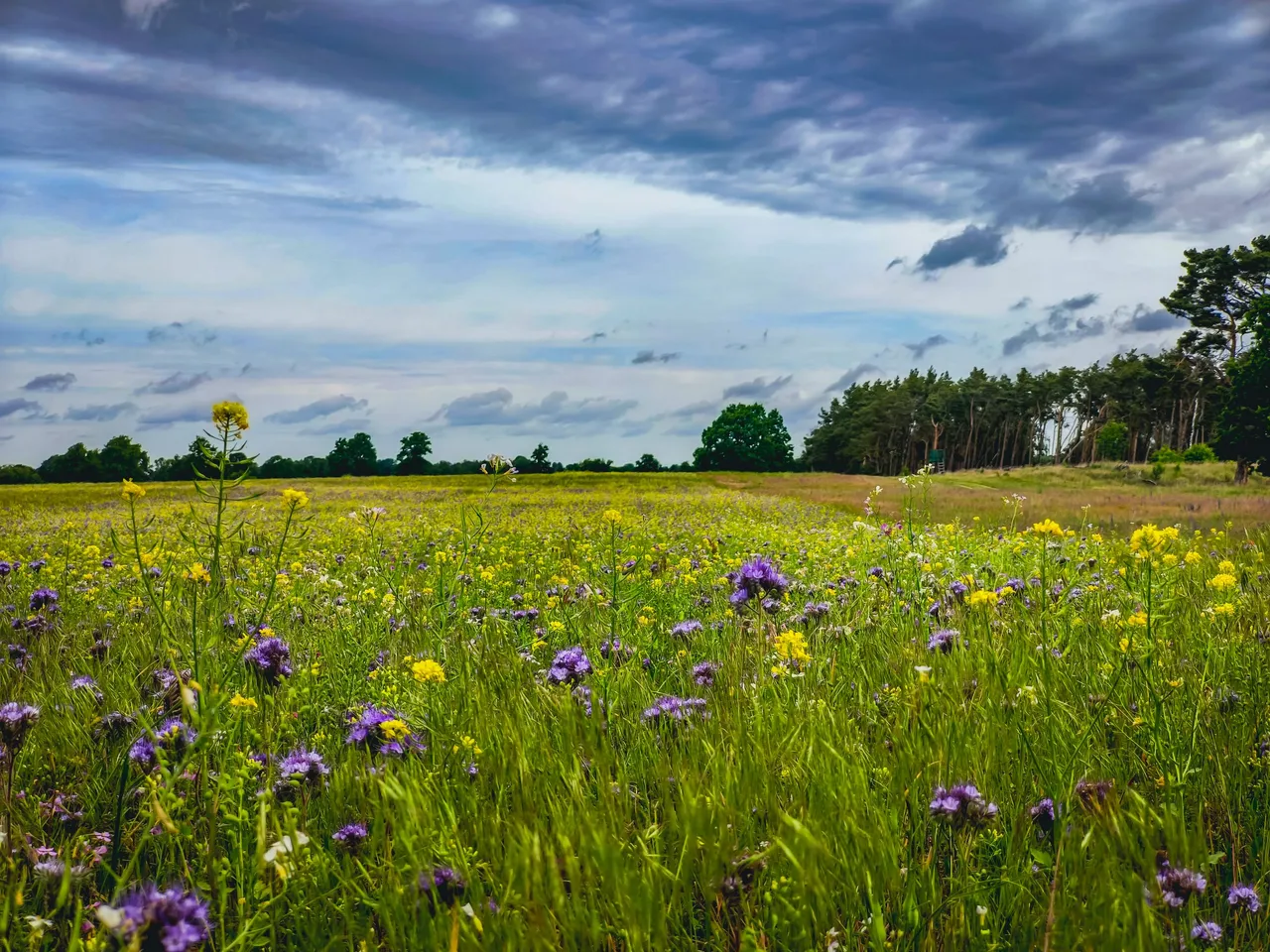
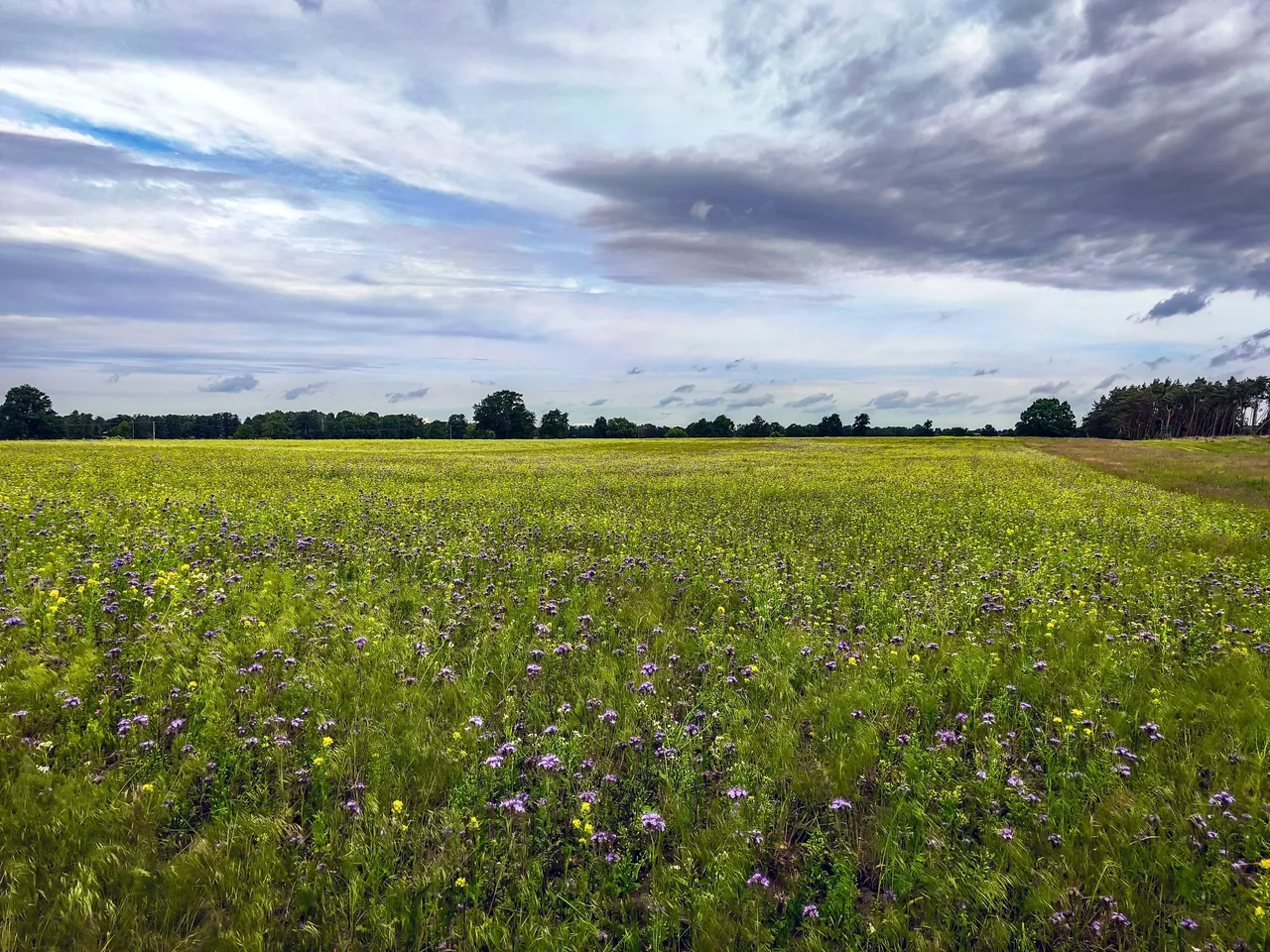
It is a visible affirmation that farms are custodians of our landscapes and biodiversity, and it is an advantage for everyone - nature, animals, and ultimately for humans as we rely on living in a healthy and biodiverse environment.

I hope these photos and thoughts have inspired you to consider a closer look next time you wander through some fields, and to think about the beauty and efforts behind such spaces.🙃✌️











